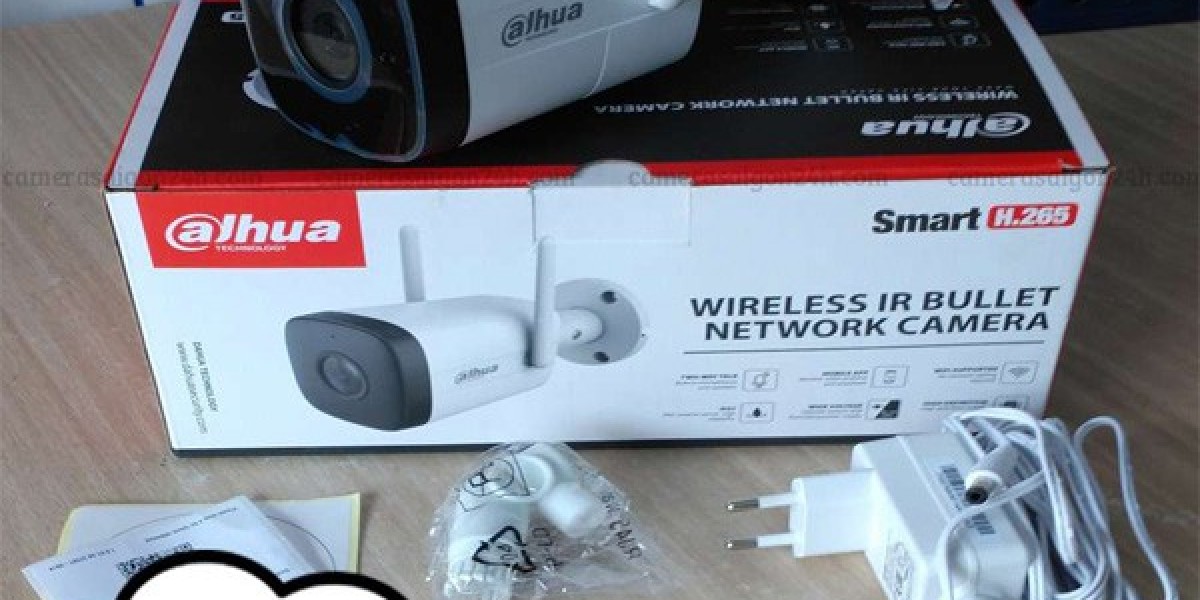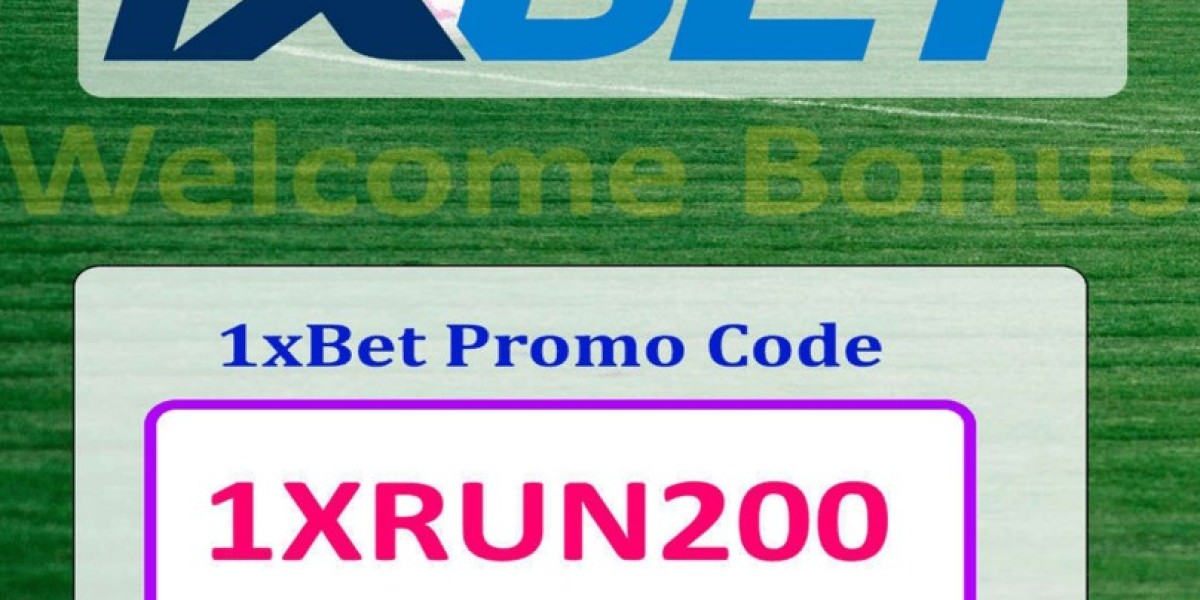A credit score of 600 is classified as “fair” by the FICO scoring model, which ranges from 300 to 850. It falls within the 580–669 range, just below the “good” category (670–739). According to Experian, the average U.S. credit score in 2025 is approximately 715, meaning a 600 score is below average. This score indicates a history of credit management issues, such as late payments or high debt levels, which lenders view as higher risk. As a result, securing a home loan with a 600 credit score often means higher interest rates, larger down payments, and stricter qualification criteria. However, several loan programs are designed to accommodate borrowers in this range.
Mortgage Options for a 600 Credit Score
While a 600 credit score disqualifies you from most conventional loans, which typically require a minimum score of 620, several government-backed and alternative loan programs are accessible. Below are the primary options available in 2025:
1. FHA Loans
The Federal Housing Administration (FHA) backs loans specifically designed for borrowers with lower credit scores, making them the most viable option for a 600 credit score. Key features include:
Minimum Credit Score: 580 for a 3.5% down payment; 500–579 for a 10% down payment. With a 600 score, you qualify for the 3.5% down payment option.
Mortgage Insurance: FHA loans require two types of mortgage insurance premiums (MIP): an upfront premium (1.75% of the loan amount) and an annual premium (0.15%–0.75% of the loan, paid monthly). If your down payment is less than 10%, you’ll pay MIP for the life of the loan.
Eligibility: The home must be your primary residence, and you need stable income and employment history (typically two years).
Benefits: Flexible credit requirements and lower down payments make FHA loans ideal for first-time homebuyers or those with fair credit.
2. VA Loans
VA loans, backed by the U.S. Department of Veterans Affairs, are available to eligible veterans, active-duty service members, and surviving spouses. They offer attractive terms:
Minimum Credit Score: No official minimum, but most lenders set a threshold between 580 and 660. A 600 score is often acceptable.
Down Payment: No down payment required, which is a significant advantage.
Funding Fee: A one-time fee (1.4%–3.6% of the loan amount) is required, which can be rolled into the loan.
Eligibility: Requires a Certificate of Eligibility (COE) to prove military service (e.g., 90 days wartime, 181 days peacetime, or 6 years in Reserves/National Guard).
Benefits: Competitive interest rates and no private mortgage insurance (PMI) make VA loans cost-effective.
3. USDA Loans
USDA loans, guaranteed by the U.S. Department of Agriculture, are designed for homebuyers in rural or suburban areas:
Minimum Credit Score: No official minimum, but most lenders prefer 640 or higher. Some may accept a 600 score with manual underwriting.
Down Payment: No down payment required.
Eligibility: Must meet income limits (typically 115% of the area’s median income) and purchase a home in a USDA-designated rural area.
Mortgage Insurance: Includes an upfront guarantee fee (1% of the loan) and an annual fee (0.35% of the loan, paid monthly).
Challenges: A 600 score may require additional documentation, and the property location must qualify.
4. Non-Qualified Mortgages (Non-QM Loans)
Non-QM loans are offered by lenders who operate outside the Consumer Financial Protection Bureau’s qualified mortgage rules:
Minimum Credit Score: Varies, but some lenders accept scores as low as 600.
Eligibility: Ideal for self-employed borrowers, real estate investors, or those with unconventional income sources.
Down Payment: Often requires 10%–20% down.
Drawbacks: Higher interest rates and fees due to increased lender risk, and fewer legal protections for borrowers.
Benefits: Flexible income verification, such as using bank statements instead of tax returns.
Challenges of Securing a Home Loan with a 600 Credit Score
While these loan options make homeownership possible, a 600 credit score comes with hurdles:
Higher Interest Rates: Lenders view a 600 score as riskier, resulting in rates 1%–2% higher than those for borrowers with good credit. For a $300,000 loan, this could mean an additional $100–$200 per month in interest.
Mortgage Insurance: FHA and USDA loans require ongoing insurance premiums, increasing monthly payments. For example, on a $300,000 FHA loan with a 3.5% down payment, the annual MIP could add $50–$150 to your monthly costs.
Stricter Requirements: Lenders scrutinize your debt-to-income (DTI) ratio, employment history, and assets. A DTI below 43% is typically required, though FHA loans may allow up to 56.99% in some cases.
Limited Lender Options: Some lenders impose “overlays,” or additional requirements, such as a minimum score of 620, even for government-backed loans.
Strategies to Improve Your Chances
To increase your likelihood of approval and secure better terms with a 600 credit score, consider these steps:
Lower Your Debt-to-Income Ratio: Pay down high-interest debts, such as credit cards, to reduce your DTI. For example, if your monthly income is $5,000 and debt payments are $750, your DTI is 15%, which is favorable.
Save for a Larger Down Payment: A down payment of 10% or more can offset the risk of a lower credit score and may lower your interest rate.
Provide Strong Documentation: Show at least two years of stable employment with pay stubs, tax returns, or bank statements (for self-employed borrowers).
Work with a Mortgage Broker: Brokers can connect you with lenders who specialize in low-credit-score loans and help you navigate overlays.
Get Pre-Approved: A pre-approval letter shows sellers you’re a serious buyer and clarifies your budget.
Tips to Boost Your Credit Score
Improving your credit score before applying can unlock better loan terms. Here’s how to move from 600 to the “good” range (670+):
Pay Bills on Time: Payment history accounts for 35% of your FICO score. Set up autopay to avoid late payments.
Reduce Credit Card Balances: Keep balances below 30% of your rapeutically improve your score.
Avoid New Credit Applications: Hard inquiries can temporarily lower your score by 5–10 points each.
Consider a Credit-Builder Loan: These loans report timely payments to credit bureaus, helping build your credit history.
Dispute Errors on Your Credit Report: Check your report for free at AnnualCreditReport.com and correct inaccuracies to potentially boost your score.
Conclusion
A 600 credit score doesn’t bar you from homeownership. FHA, VA, USDA, and Non-QM loans offer accessible paths, though you’ll need to navigate higher rates and insurance costs. By reducing debt, saving for a down payment, and improving your credit, you can enhance your approval odds and secure better terms. Take control of your credit journey with CreditDIY to boost your score and unlock better mortgage options. Visit CreditDIY.com today to start building a stronger financial future and move closer to your dream home in 2025.









